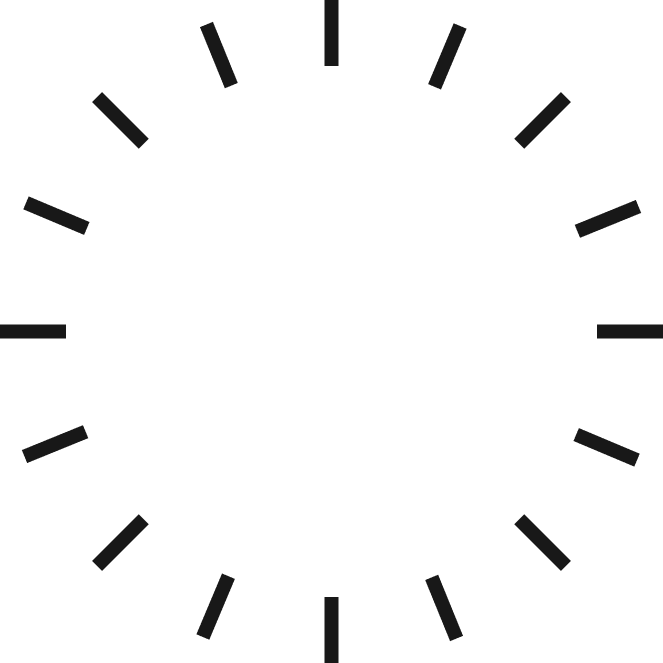


The poem is the consequence of its origins. Give me the fruit and I will take from it a see and plant it
and watch grow the tree from which it fell.
Barbara Henstein Smith, in her book Poetic Closure: A Study of How Poems End, says this: “Perhaps all we
can say, and even this may be too much, is that varying degrees or states of tension seem to be involved
in all our experiences, and that the most gratifying ones are those in which whatever tensions are
created are also released. Or, to use another familiar set of terms, an experience is gratifying to the
extent that those expectations that are aroused are also fulfilled.”
But there is no book I know of on the subject of how poems begin. How can the origin be traced when
there is no form or shape that precedes it to trace? It is exactly like tracing the moment of the big
bang—we can go back to a nanosecond before the beginning, before the universe burst into being, but we
can’t go back to the precise beginning because that would precede knowledge, and we can’t “know”
anything before “knowing” itself was born

